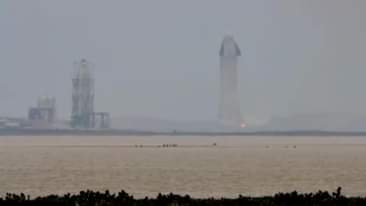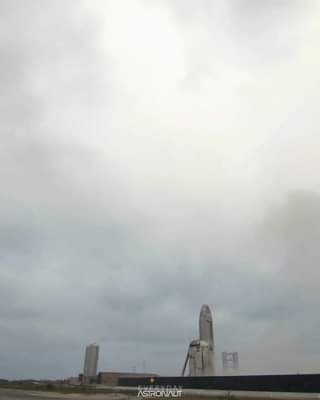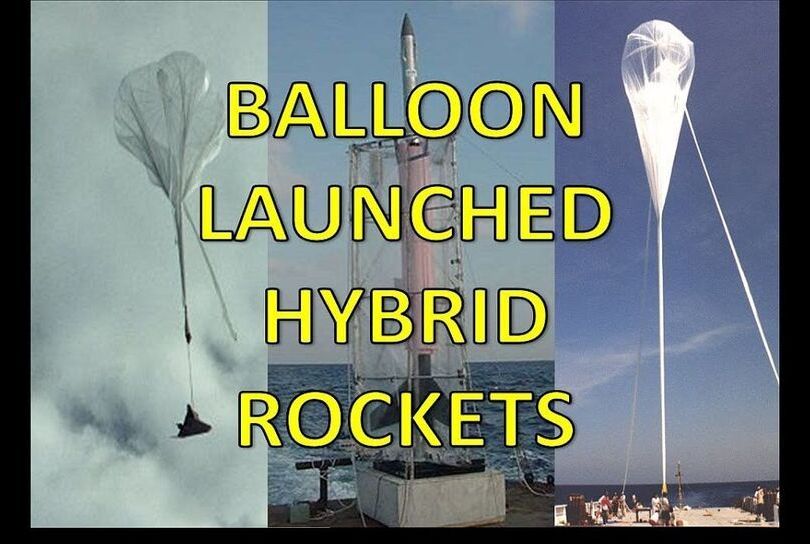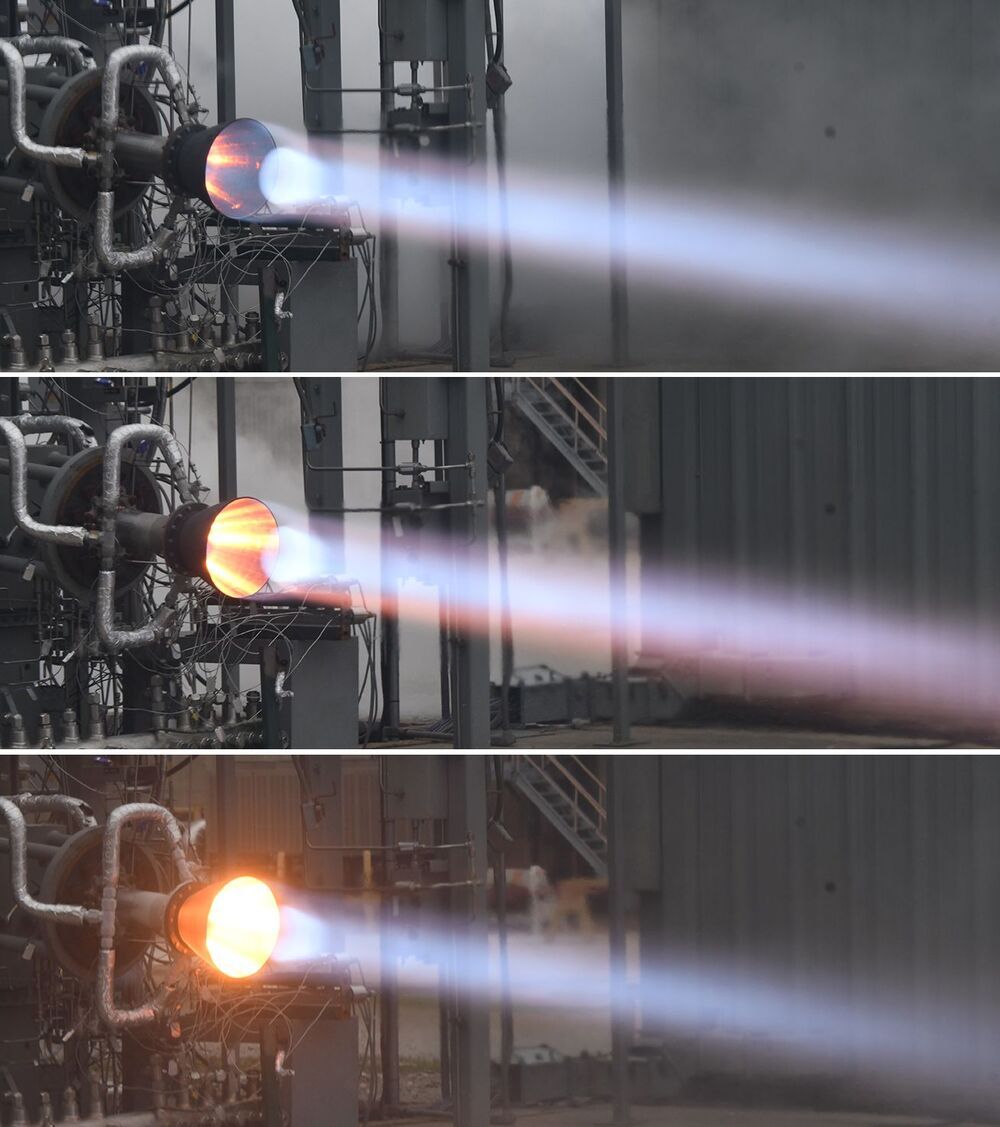Cosmic rays are high-energy atomic particles continually bombarding Earth’s surface at nearly the speed of light. Our planet’s magnetic field shields the surface from most of the radiation generated by these particles. Still, cosmic rays can cause electronic malfunctions and are the leading concern in planning for space missions.
Researchers know cosmic rays originate from the multitude of stars in the Milky Way, including our sun, and other galaxies. The difficulty is tracing the particles to specific sources, because the turbulence of interstellar gas, plasma, and dust causes them to scatter and rescatter in different directions.
In AIP Advances, University of Notre Dame researchers developed a simulation model to better understand these and other cosmic ray transport characteristics, with the goal of developing algorithms to enhance existing detection techniques.
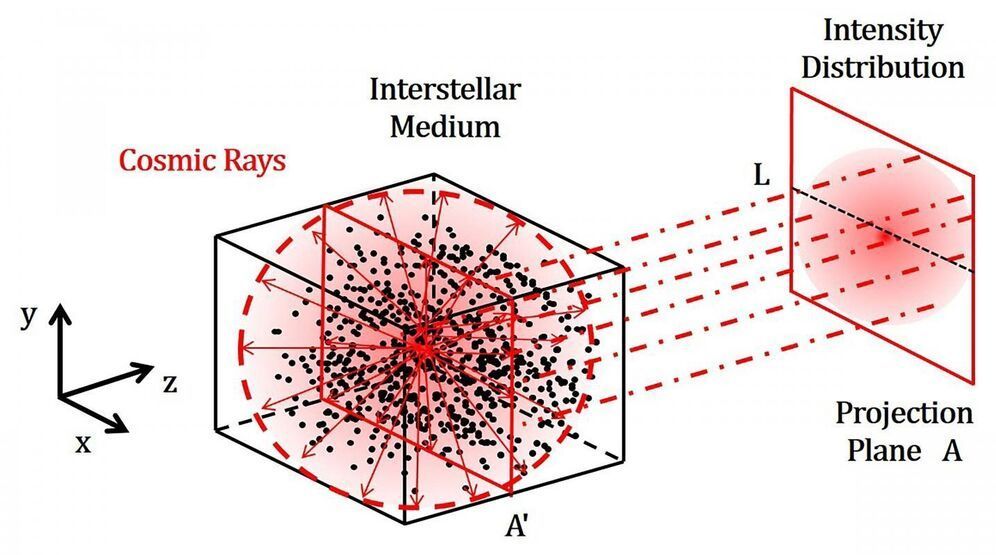
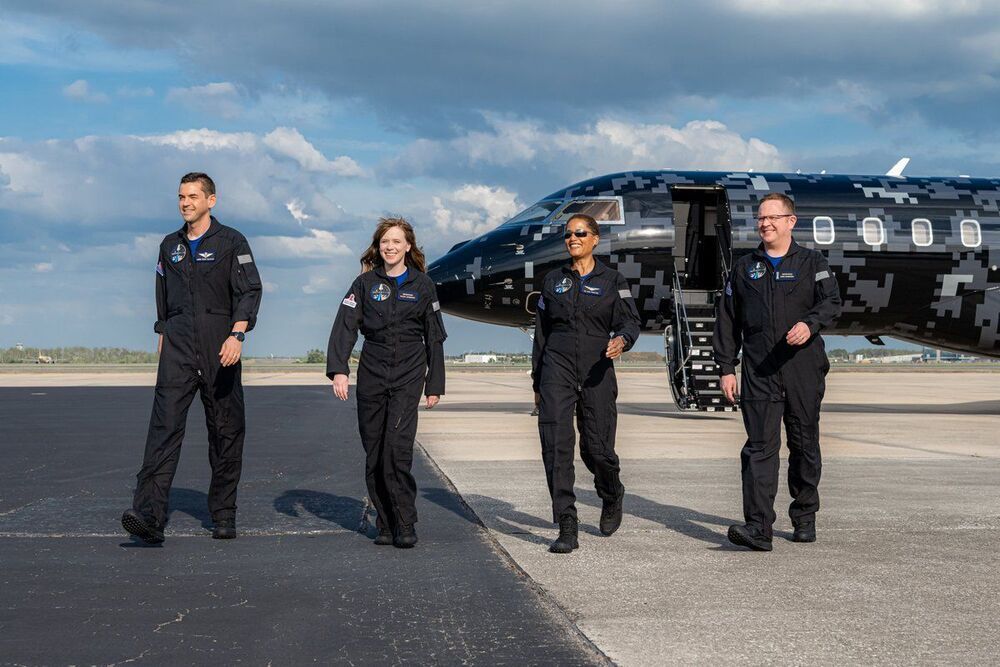

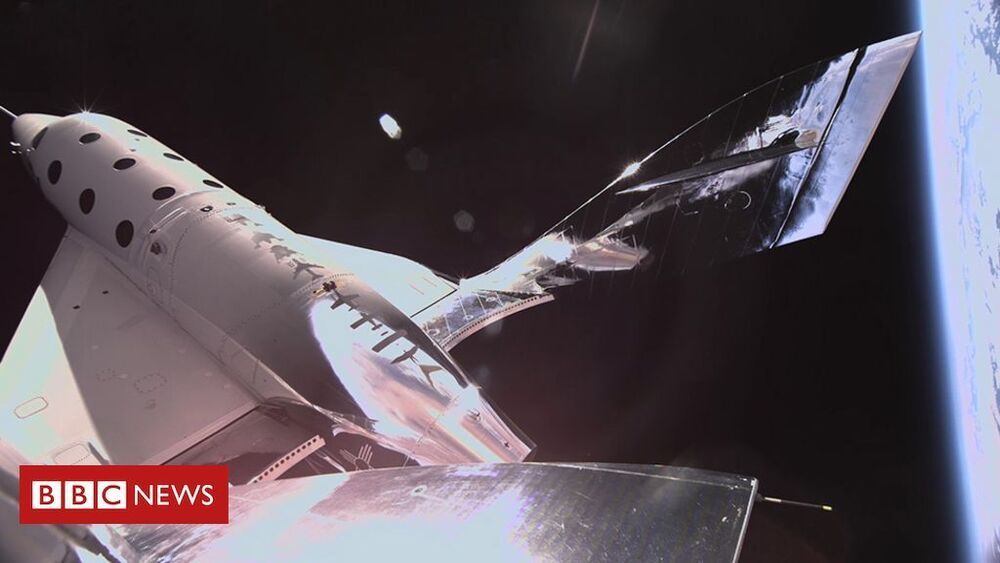
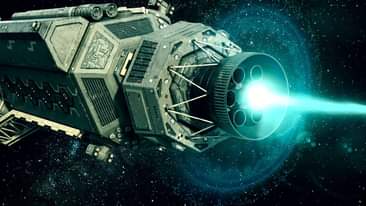
 .
.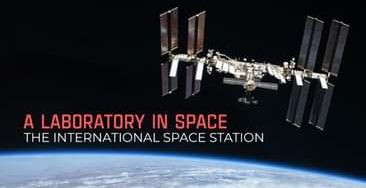

 They’ll work on science and research to benefit life on Earth & test technologies to enable us to return to the Moon and explore beyond: youtu.be/TiUvXmRDwEQ
They’ll work on science and research to benefit life on Earth & test technologies to enable us to return to the Moon and explore beyond: youtu.be/TiUvXmRDwEQ